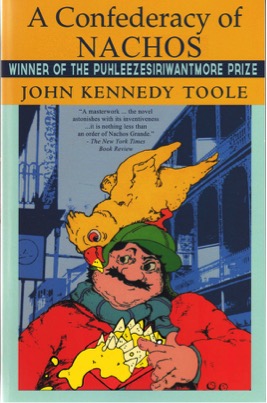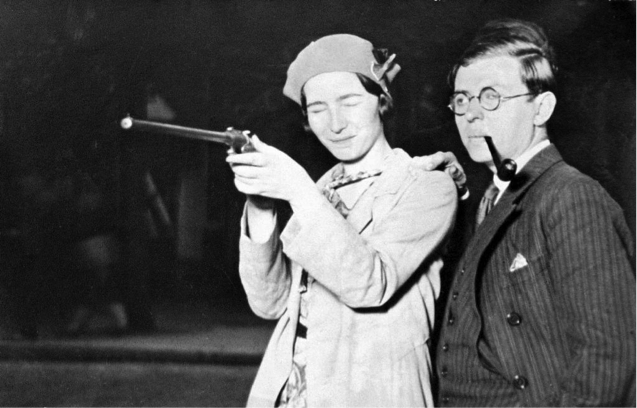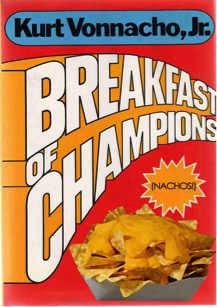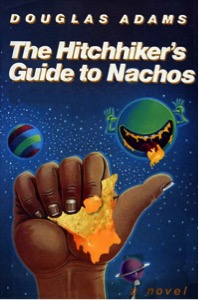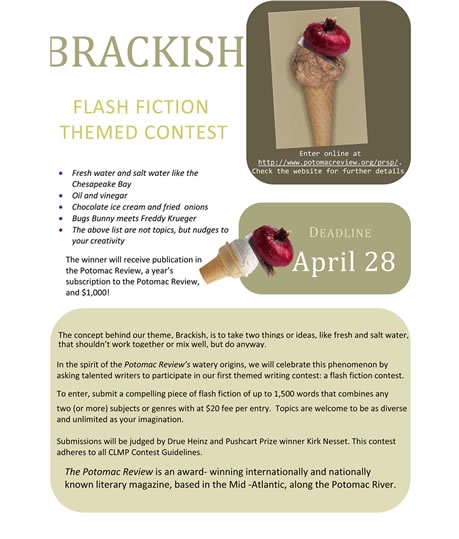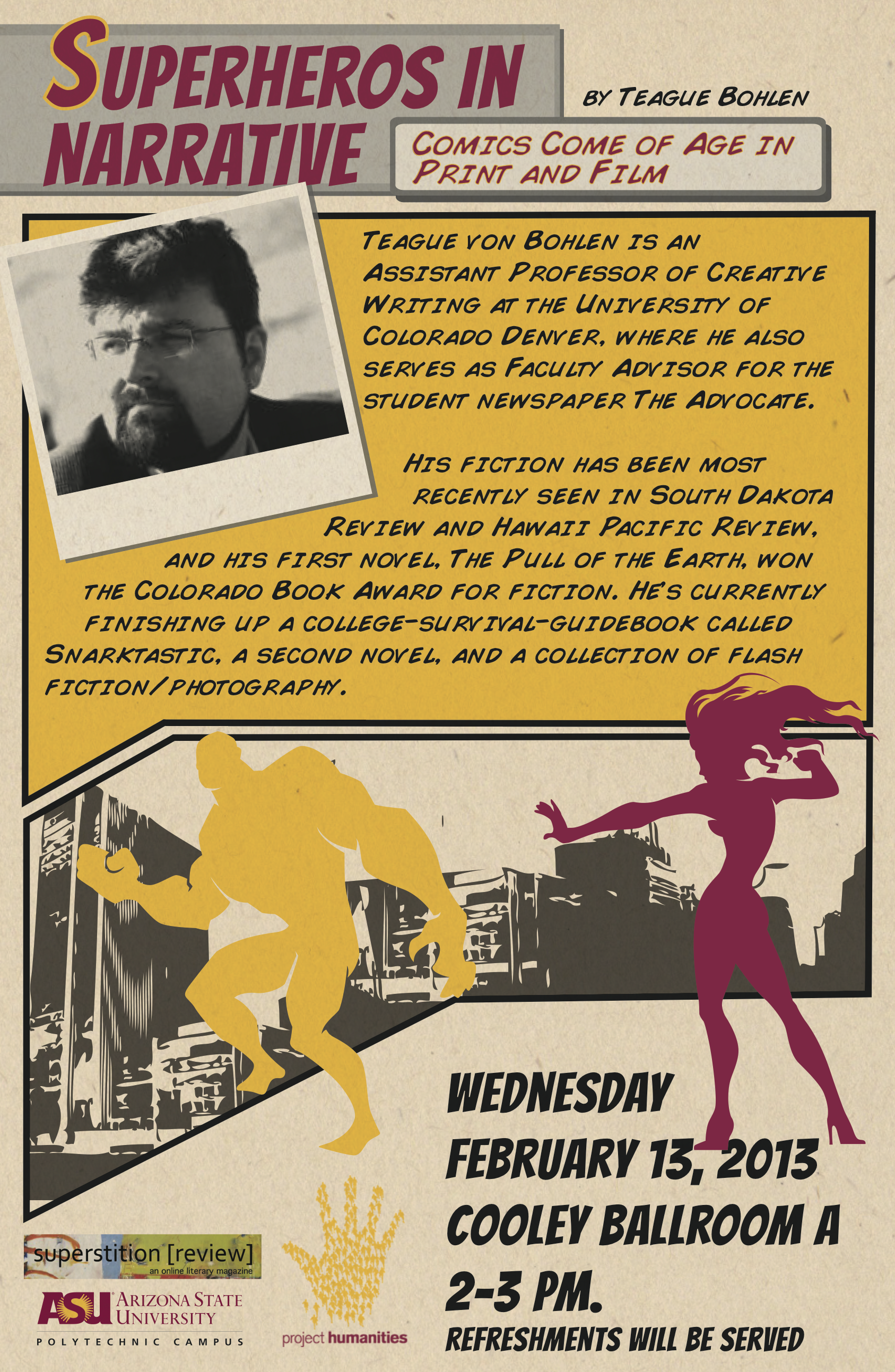This interview was conducted through email between Jessica Fletcher, Fiction Editor at Superstition Review, and Grant Faulkner, Issue 13 contributor.
 Grant Faulkner is the executive director of National Novel Writing Month and the co-founder of 100 Word Story (100wordstory.org). His stories and essays have appeared in dozens of publications, including The New York Times, Poets & Writers, Writer’s Digest, The Southwest Review, PANK, and Puerto del Sol. He’s recently published a collection of one hundred 100-word stories, Fissures, and is at work on a novel.
Grant Faulkner is the executive director of National Novel Writing Month and the co-founder of 100 Word Story (100wordstory.org). His stories and essays have appeared in dozens of publications, including The New York Times, Poets & Writers, Writer’s Digest, The Southwest Review, PANK, and Puerto del Sol. He’s recently published a collection of one hundred 100-word stories, Fissures, and is at work on a novel.
Jessica Fletcher: In your opening to 100-word story collection, Fissures, and in your article, “Going Long. Going Short,” in The New York Times, you discuss how flash fiction and these 100-word stories “speak to the singularity of stray moments by calling attention to the spectral blank spaces around them; it can perfectly capture the disconnections that existentially define us.” Could you elaborate on how this form has informed how you process different events, memories, and ideas in your own life?
Grant Faulkner: I think our memories work in snapshots. We collect tiny moments, images that loop through our minds. Some might be attached to larger narratives by varying degrees, but many exist independently in a strange disjointed way. When I think of my interior life, I think of it as a collage of such snapshots, with my mind shuffling through images and weird little moments again and again.
I’m always searching for a way to shape narrative to experience, so the 100-word story form really spoke to me as a way to capture this shuffle of snapshots. When I first decided to become a writer, in my early 20s, I read Nathalie Sarraute’s Tropisms. She describes tropisms as the “interior movements that precede and prepare our words and actions, at the limits of our consciousness.” Those tiny, almost imperceptible dramas are so important in our lives, yet longer forms sometimes don’t give them the focus they deserve.
We live in the fissures, the interstices of life.
JF: Given the 100-word limit of your stories in Fissures, many of the stories read very similar to prose poetry. In fact, some stories, like “Dulcet” and “Dear X,” mimic this even more so. Did you approach this project with a poetic mind or did you see full stories and then cut the excess?
GF: The more 100-word stories I wrote, the more and more I learned how they veered toward prose poetry. I like to joke that the form allowed me to nurture my “inner failed poet.” Sometimes prose writers don’t get to truly express their poetic side.
I’ve always liked forms that blur. To say that a piece of writing is a prose poem versus a story is just a matter of an author’s intention, an author’s definition. I don’t write with such definitions now. I’d someday like to write a novel that’s a prose poem, or a prose poem that’s a novel
JF: I noticed in Fissures that you spent a lot of time coming back to the characters of Celeste and Gerald. Was there a significance to their reoccurring stories? Did you find yourself pulled to particular themes and human moments?
GF: The Gerard and Celeste stories are the rare stories in the collection that are part of a narrative with a larger arc. I’ve written maybe 50 of them now, and I’d like to someday shape them into a flash novella. The stories are about a tragic and forbidden love affair, which by definition is about disconnected moments, the way presence and absence mingle, the way memory works to put the pieces together.
I included twenty or so of them in Fissures because I liked the idea of creating some throughlines through all of the individual pieces. I viewed the motifs in the Gerard and Celeste stories as providing a guiding trajectory for the collection.
JF: How do you approach the differing objectives of longer forms that usually require comprehension and shorter forms that do not require comprehensiveness?
GF: I no longer believe in any notion of comprehensiveness. It’s just not a feeling, a sensibility, that’s really possible in life. We change day by day, moment by moment, and everything around us changes, including our memories, which are based as much or more in a story we tell than any factuality. We rewrite our memories each time we remember them.
I used to try to write my longer stories or novels with a sense of comprehensiveness, but I think that did the story a disservice in the end. It’s better to write toward the questions of a story than the answers, and those questions don’t have to be answered. Instead of comprehensiveness, it’s more a matter of the scale of a story, the size it needs to be.
JF: In your article, “Going Long. Going Short,” you discussed how workshop professors and students always commented/critiqued with a call for more, “more characterization, more back story, more details — more of everything.” What do you think is lost, if anything, from having too much “more?” Or too little?
GF: I think writers are generally taught to write more rather than less—from the first time a teacher tells a student in elementary school to add detail to a sentence, to include more supporting evidence, etc. That’s good to begin with, but at a certain point, a writer needs to realize how writing less, whether leaving things out or writing more succinctly, serves a story. A writer needs to learn how a story moves best through the whorls of mystery and suspense created by the gaps of a story.
Writers naturally try to prove themselves through their words, through florid descriptions, curlicues of syntax. Our words can sometimes resemble a body builder’s muscles, which cover up the true person inside, so a writer has to find the balance of words and the textures that serve the story.
My stories move with fewer and fewer words, but I still love big, reaching novels like Moby Dick or Ulysses or The Adventures of Augie March. I love the way William Faulkner’s words spill and gush and swirl as he tries to bring past and present together. Every story needs different doses of “more” or “less” to create the necessary texture.
JF: As executive director of National Novel Writing Month, do you also work to produce roughly 1,667 words a day during November? How does this continuous writing strategy affect your flash fiction?
GF: I do write 1,667 words each day every November. I’ve primarily written novels in my life, which requires a different creative process than writing 100-word stories. I like to dive into a new novel each November and write a complete draft. To write faster, and to try to push the boundaries of my word count each day, inspires a different kind of creativity—it’s improvisational and free. It’s also an efficient way to get out a novel in a busy life.
This process doesn’t influence my flash fiction so much—other than training my mind to shut off my internal editor, to be open to new ideas. My flash seems to influence my novels more, especially when it comes to editing them.
I like to write in different ways, in different forms. One form feeds another. It’s good to write in many different ways to be agile and nimble.
JF: I found your characters in Fissures to be kooky, interesting, and distressed. The short form makes the weird and dark descriptions even bolder. How did these characters and their stories come to you?
GF: I never know how to answer this question. Stories and characters just always come to me. I’ve never had writer’s block. Sometimes I’ll see someone on the street or in a café. Sometimes I’ll just daydream about an episode in the past.
My characters are only loosely based on real people, though. I’m drawn to my stories primarily by their moods, their situations. The characters come in the writing.
JF: You mentioned Flaubert’s “mot juste” in your introduction to Fissures. How did you go about this process of finding the precise wording and cutting down to 100 words?
GF: Endless tinkering. I don’t know how else to describe it. The first draft of a piece might be 125 words or 75. Trying to get the word count to exactly 100 words requires an intense focus on each sentence, each word, in a way that other forms don’t. So I just shave and shape like a sculptor, adding words or cutting them in order to find the right contours of the story.
Interestingly enough, the story is always much better by the time I get it to exactly 100 words.
JF: In “Going Long. Going Short,” you mentioned how Twitter and Facebook are becoming new forums for short, succinct writing. In what ways, do you think social media has shaped the literary world and flash fiction?
GF: Since people read online more and more—and grow up reading online now—they’re essentially trained to read in shorter spans. When you scroll down your Facebook stream, you’re reading a series of tiny stories, each disconnected from a larger story or the others around it. You’re reading a version of flash fiction.
My guess is that people’s attention spans are changing as a result, that they’ll increasingly prefer to read shorter and shorter stories. We started 100 Word Story (http://www.100wordstory.org/) with this in mind. We thought a 100-word story was the perfect length to read online.
JF: Recently, the “white space” in writing has been given attention. Those empty spots are now given weight as if they are a “something.” How does this change the way a writer approaches all the unwritten and unsaid moments in a story?
GF: “White spaces” are a something. To loop back to your previous questions about “comprehensiveness” and “more,” I think using white spaces is just as important as text—that a story actually can move and escalate because of the white spaces, not in spite of them. A reader fills in the gaps, and what’s left out adds to the essential mystery of a story and the mimetic urgings of a literary narrative.
If you read Jenny Offill’s Dept. of Speculation, a novel constructed around fragments of text that are around 100 words, you see how the white spaces create a texture of disjointedness to mirror the main character’s thoughts while also paradoxically tying things together and building the story.
Hemingway’s famous dictum instructed a writer to only show the top 10 percent of a story and to leave the other 90 percent under the water, like an iceberg. A 100-word story might only show the top 1 percent. Yet the 99 percent that isn’t there is still there, like a ghost.
You can view Grant Faulkner’s featured 100-word story in Superstition Review Issue 13.

 Today we are featuring Lynn Mundell for our Authors Talk. Lynn speaks about how she came up with the idea for her short story, “Again.”
Today we are featuring Lynn Mundell for our Authors Talk. Lynn speaks about how she came up with the idea for her short story, “Again.”
